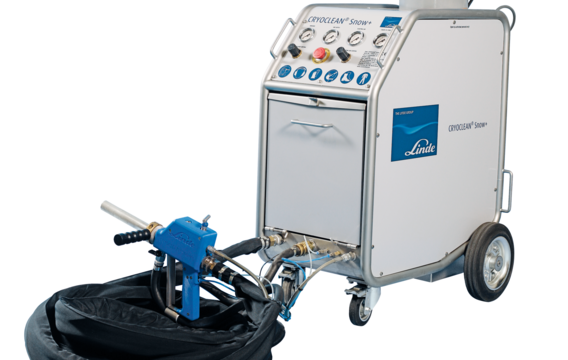- Official BOC UK Online | Industrial Gases | Products & Solutions | BOConline UK
-
Shop
- Industries
- Processes
- Gases & Equipment
-
Solutions
-
Services
-
Health & Safety
-
Contact & Support
- What's Happening
-
Net Zero Strategies
CRYOCLEAN Snow+
Dry ice combined with abrasive blasting for flexible and cost-efficient cleaning
Downloads

